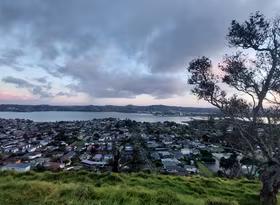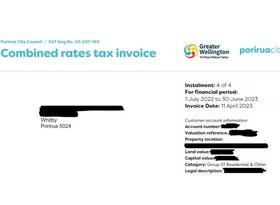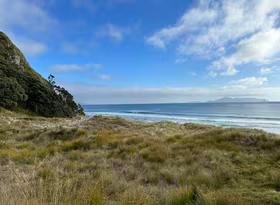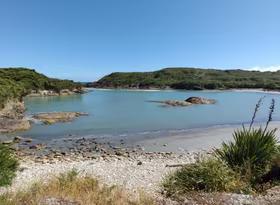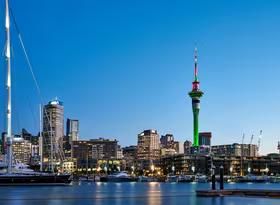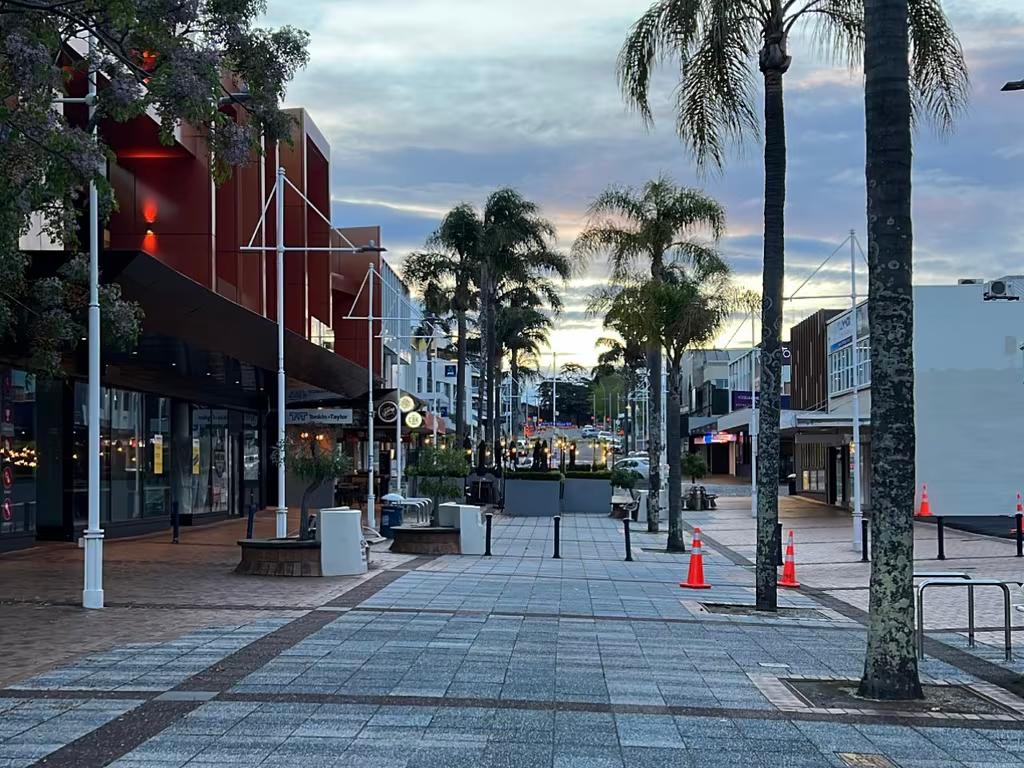
Where will you be in ten years?
In September's newsletter, we explored the emerging brain drain and the implications for population and the labour force around the regions over the coming year. In this article we take a longer view, looking at the population outlook over the next ten years for our regions. This builds on Infometrics Population Projection model, which has recently been launched into an online tool – Population Projections.
Our approach to projections
Our approach to projecting population is economically driven, using our regional employment forecasts to inform our net migration projection. Our approach builds upon the established cohort component approach, meaning we consider how births, deaths, migration, household formation and labour force participation affect the population at each stage of life. This means that our projections reflect both demographic processes and the economic prospects of an area. To date, we have developed population projections for 29 territorial authorities.
Shifting growth drivers
The two broad components of population growth – natural increase and net migration – move over different time scales. Natural increase, the margin between births and deaths evolves slowly over the long term. Birth and death rates tend to shift slowly, and the population in each cohort can be projected with a high degree of accuracy based on the historical population. Net migration, on the other hand, tends be far more volatile, and in recent experience swinging from strongly positive to weakly negative in a matter of years.
Natural increase has been progressively easing as birth rates ease while death rates increase as the population in older age groups expands. This easing in the natural increase will continue in the coming decade. Net migration for the five years to June 2023 is buoyed by high net migration as Kiwis rushed home ahead of border restrictions in 2020, although net migration is currently negative. Net migration is projected to be relatively modest in the coming decade, well below the highs seen in the five years to 2018. This reflects tight migration settings, as well as a global shortage of workers as an ageing population affects most developed nations.
The softer outlook for both net migration and natural increase means population growth will be slower in the next decade than the past decade.
Population growth slows
New Zealand’s population growth is projected to slow from an annual average of 1.6% in the past decade to 0.9% in the next decade. This pattern of slowing down is expected in every region, with the exception of the West Coast, which is expected to accelerate. This reflects a form of correction as the West Coast recovers from population loss in the past decade, driven by a need for workers.
Across the motu, growth tends to be greatest in the larger centres. Population growth in the North Island is projected to be led by the golden triangle and Northland. Auckland is projected to grow by 1.0% (easing from 1.6% in the past decade), Waikato at 1.0% (easing from 2.0%), Bay of Plenty at 1.1% (easing from 2.1%) and Northland on 1.0% (easing from 2.0%).
Population growth in the South Island (0.8%) is projected to be slightly softer than the North Island (0.9%), with the bulk of growth coming from the largest regions - Canterbury (0.9%) and Otago (0.9%). Nelson-Tasman (0.9%) and Marlborough (1.0%) are also projected to grow strongly.
Growth fastest in 65+ age group
The 65 years and older age group is projected to be the fastest growing in the coming decade, growing by 3.2%pa or 300,000 between 2021 and 2031. The 65+ group was also the fastest growing in the past decade, growing by 3.5%pa or 239,000 over 2011-2021. The 20-39 year old group grew strongly in the past decade, up 2.3% or 286,000, aided by strong migration flows which are typically concentrated in this age group. In the coming decade, growth is expected to be more modest with 20-39 year olds growing by a mere 0.4%pa or 63,000.
The school aged 0-19-year old age group has been relatively static, growing by 0.5%pa from 1.23m in 2011 to 1.28m in 2021, and projected to ease by 0.1%pa to 1.27m by 2031. This suggests that in aggregate we won’t be in need of more schools, although specific areas with stronger growth and expansion will continue to need new schools.
The 40-64-year old population grew 1.0%pa in the past decade, and is projected to be the second fastest growth group in the coming decade at 0.9%pa.
In the past decade, population growth was spread across the 20+ year old age groups, with strong net migration gain boosting younger age groups and structural ageing boosting older age groups. In the coming decade, a weaker outlook for net migration means that growth will be modest in younger age groups. Population growth will be greatest in the 65+ age group as the last of the baby boomer cohort shifts out of the 40-64-year-old age group and into the 65+ age group. Beyond 2031, growth in the 65+ age group will start to slow, particularly as the baby boomer cohort reaches the end of their life expectancy.
What the future holds
The drivers of population growth are constantly shifting, however we are entering a period where both natural increase and net migration are pointing towards a softer growth environment than was seen in recent history. A lower quantum of growth overall, and shifts in growth across different age groups, mean that most regions will need to change how they plan for growth. A flat or declining 0-19-year-old age group and burgeoning 65+ age group will require a shift in the provision of community and commercial services.
To understand what the future holds for your region, district or city, please get in touch with Nick Brunsdon. Our population projections include detail on population, age structure, household structure and ethnicity, over a 20-30-year horizon.



